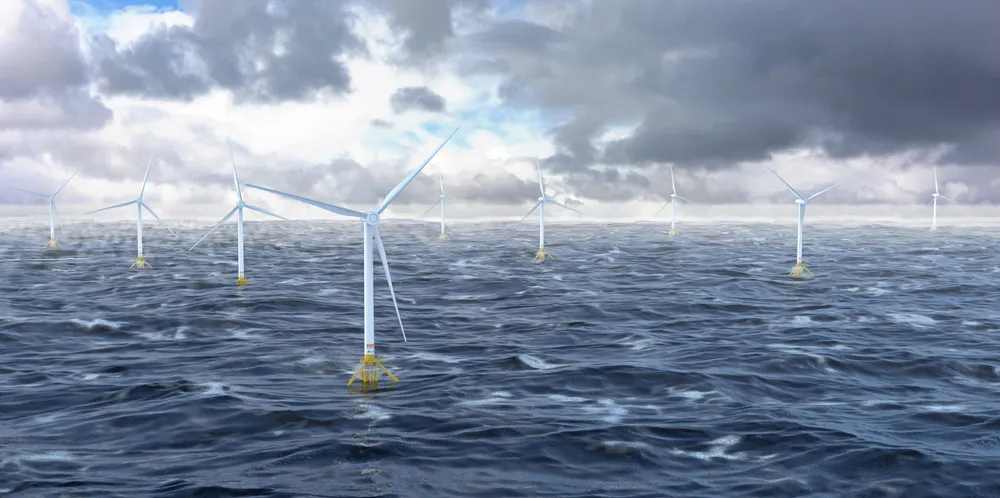Offshore oil player SBM launches new-look floating wind design with eye on Norwegian pilot
Transitioning energy contractor unveils slimline tension leg platform concept with plans to have 16MW prototype moored in North Sea ahead of deepwater auctions
